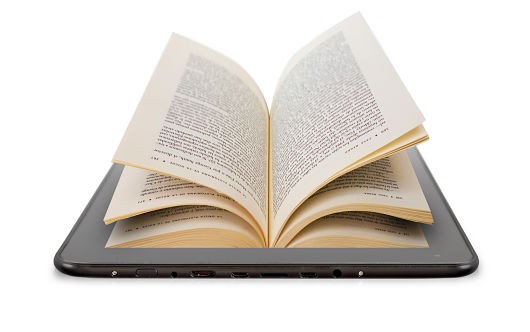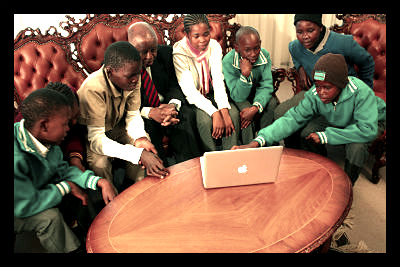
In Tanzania, a sub-Saharan African country known for its national parks, diverse game and scenic wilderness, approximately two million young people were illiterate in 2011. Girls’ education in Tanzania, in particular, is an issue, as both adolescent and adult women demonstrate lower literacy rates than their male counterparts.
In 2012, literacy among women aged 15 to 24 was just 72.8 percent, while literacy among men in the same age group sat at 76.5 percent. The disparity becomes statistically significant among adults is even wider among adults: 75.5 percent of men and only 60.8 percent of women are literate.
In the country’s poorest areas, it is especially difficult for women to support themselves and their families, let alone further their education. In the northwest Tanzanian village of Kitenga, for instance, there is no running water or electricity, disease rates are high and scarce access to education, all of which are obstacles for girls who want to learn.
Enter the Immaculate Heart Sisters of Africa (IHSA), an organization committed to improving girls’ education in Tanzania. After partnering with the Girls’ Education Collaborative (GEC), which offers financial and logistical support, they launched the Kitenga Village Project. This project aims to raise the community from poverty by establishing basic resources, and, in January, it achieved its central objective when it opened the Kitenga School for Girls to educate girls in the community.
The school opened not only to encourage literacy but also to combat female genital mutilation and early marriage, both problems more likely to be faced by adolescent Tanzanian women without an education.
Currently, enrollment at the school stands at 59 girls from a variety of backgrounds. Having won the full support of the government, the GEC and the IHSA intend to accommodate a larger student body in the future. Plans for expansion include a library and housing for 1,500 boarding students.
The Kitenga School for Girls’ central vision is to provide girls from destitute families with an exceptional range of knowledge and skills. Students will have access to career and leadership coaching, health studies and life skills training, as well as a safe and secure environment.
Though women in poverty continue to face gendered hardships, access to schools creates greater opportunities. With the innovative efforts of organizations like the GEC and the IHSA, girls’ education in Tanzania is likely to continue growing.
– Madeline Forwerck
Photo: Flickr






